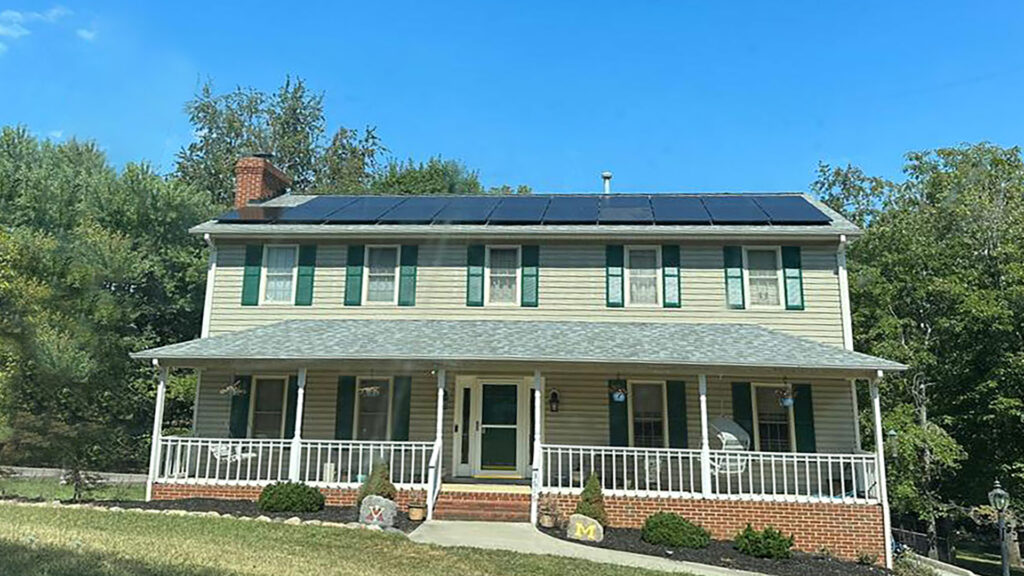
Deloitte’s 2024 outlook for the renewable energy industry in the United States shows a positive trajectory for solar energy adoption in 2023. The report highlights achievements in the first eight months of the year, with utility-scale solar capacity additions reaching an impressive 9 GW. This growth outpaces other energy generation sources, marking a 36% increase in 2022.
Moreover, the U.S. Energy Information Administration predicts that utility-scale solar capacity will more than double by the end of the year. Key contributors include initiatives such as the Inflation Reduction Act (IRA) and the Infrastructure Investment and Jobs Act (IIJA). Overall, the report paints an optimistic picture of solar energy, overcoming challenges and thriving as we transition into 2024.
Key Trends in the Renewable Energy Sector:
The renewable energy industry outlook report highlights five key trends in the energy sector:
- Historic Investment:
The U.S. has a significant influx of $227 billion in investments in utility-scale solar, storage, wind, and hydrogen, with $100 billion of these investments already materialized.
- Reshoring Supply Chain:
Since the enactment of the IRA in August 2022, $91 billion in investments have been announced, including $9.6 billion in 38 solar projects. Deloitte estimates that these solar manufacturing facilities can potentially triple this year’s solar module capacity by 2024, meeting the U.S. solar demand by 2030.
- Reskilling the Workforce:
The IRA, IIJA, and the Creating Helpful Incentives to Produce Semiconductors Act can generate around 3 million jobs annually. However, the challenge lies in cultivating and training a workforce equipped with the necessary skills for clean energy jobs.
- Renewables as a Resilience Strategy:
The combination of renewable energy and storage proves to be a highly effective resilience strategy, especially in the face of the escalating intensity and frequency of extreme weather events.
- Redefining Renewables:
Solar, energy storage and wind have increased usage and cost reductions. Geothermal and renewable natural gas have also made significant progress. The report suggests renewable developers may explore these resources in the coming year.
Considerations and Challenges of Solar Installations Industry in the U.S:
Transmission Capacity Demands:
To meet the growth projections by 2035, the report estimates that interregional transmission needs to more than double. However, the regional transmission needs to quintuple as solar installations increase in the U.S.
Reshoring Challenges:
While there is an increase in solar and storage manufacturing in the U.S., the report highlights challenges. This effort is contingent on addressing the 40% price premium associated with U.S.-made solar modules. Manufacturers could potentially offset this premium with a 40% tax incentive tied to using 40% domestic components.
In conclusion, the report anticipates a swift progression in the renewable energy industry once the U.S. Treasury issues the final tax guidance. With only 10% of the Inflation Reduction Act (IRA) grant funding released thus far, the expectation is for a substantial surge in solar, storage, and other renewable installations. Concurrently, the manufacturing renaissance is poised to contribute to the development of more robust and resilient clean energy supply chains across the United States.
